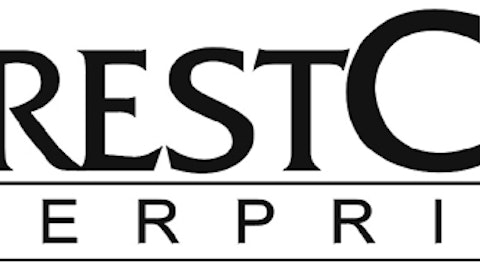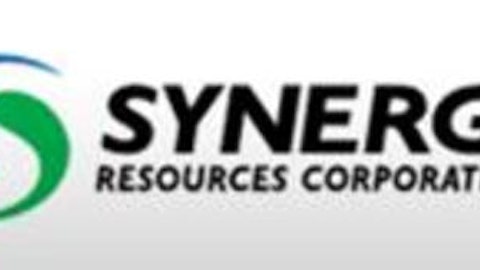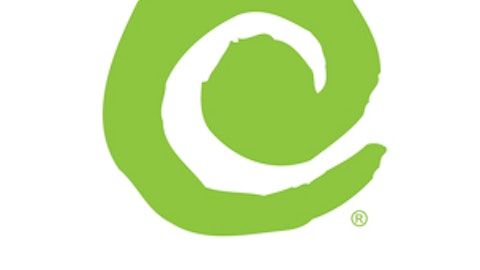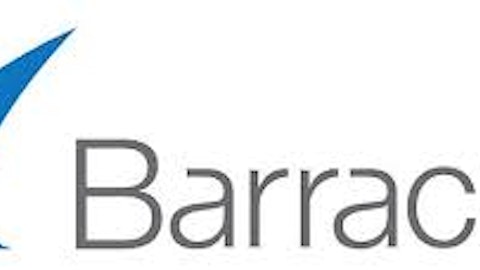We project our 2014 annual revenues to come in below the guidance range for two primary reasons. First, in the fourth quarter, several million dollars in the Medicare revenues were pushed out into the first quarter driven by regulatory changes that impacted how Medicare carriers compensate their brokered channel. Specifically, for plans that are sold in the annual enrollment period, carriers are no longer allowed to make commission payments before January 1st, which is the standard effective date for these policies. Historically many of the carriers paid brokers following the approval of a policy without waiting for the effective date.
We typically recognized commission revenues based on the receipt of two items, a commission check and a commission statement . One of these two items has to be received during the quarter in which we booked revenues, and the second one shortly thereafter. Given that carriers were not allowed to pay us until Q1 and sales made during the fourth quarter annual enrollment period, we’re planning to booked revenues stemming from these sales based on receipt of commission statements. However, to the extent we did not received statements by quarter end, we had to postpone revenue recognition until the first quarter of 2015.
Lower than expected individual and family plan application also put pressure on our application revenues. While applications generated in the given quarter typically had a limited impact on broker commissions in that same quarter, they do impact other volume based revenues, including sponsorship and advertising and other ancillary revenue. As a reminder, sponsorship and advertising revenues are closely linked to the application volumes for insurance products offered by carriers participating in our sponsorship and advertising programs. Consequently, these individual and family plan related revenue revenues are forecasted to come in below our expectations in the fourth quarter by several million dollars as well.
Turning into our profitability, our fourth quarter EBITDA and earnings per share will be primarily affected by two major factors. One, we spent more than originally planned in Medicare marketing costs based primarily on higher than expected consumer demand and application volumes generated in our Medicare business. As you know our marketing expense of the quarter is closely linked with the submitted application volume and we spent our customer acquisition costs upfront, while commission revenues are recognized over the life of the member. We believe that the return on investment on these Medicare spend is very favorable and as Gary mentioned, our Medicare acquisition cost per member were attractive and below last years fourth quarter. Secondly, our fourth quarter profitability was affected by the revenue shortfall, driven by the timing of Medicare revenue and lower than expected individual family plan revenues that I just discussed.
As we stated earlier, while Medicare unit acquisition costs were lower than last year’s fourth quarter, we saw an increase in cost of acquisition per member in our individual and family plan business driven by a higher paid search cost. So while the overall IFP marketing spend came down in the fourth quarter of 2014 compared to the fourth quarter a year ago, it did not decline to the same extent as the submitted individual and family plan application volume.
We’ll provide greater detail in our fourth quarter revenues and operating expenses during our regularly scheduled Q4 earnings call.
This concludes today’s prepared remarks. We look forward to providing you with full financial results for the fourth quarter and fiscal year 2014 on our earnings call next month. At that point, we also plan to share with you our annual guidance for 2015.
Operator
Thanks for joining us on the call, ladies and gentlemen. This concludes the presentation. You may now disconnect. Good day.





